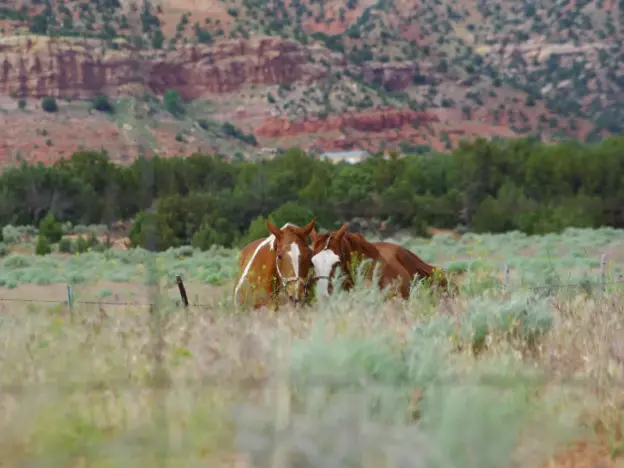Intro
Notable for being the only Spanish Colonial type that doesn’t run wild in the US, the Wilbur Cruce Colonial Horse is named for their founder, Ruben Wilbur.
Origins
Horses are not native to the Americas and those brought over by Spanish explorers during the 16th century were the first to set foot on North America since their prehistoric ancestors became extinct. Brought to explore an unknown world, these animals were robust and adaptable, primarily coming from three different types of Iberian horse, Andalusian, Jennet (an ambler) and Gallego. Not only were the strongest, most well suited animals chosen for the task, only the strongest survived a journey across the Atlantic Ocean.
The Wilbur Cruce herd is uniquely pure and as mentioned previously is the purest Spanish Colonial herd maintained domestically. They retain a notable amount of Old World Spanish animals characteristics, both genetically and physically closer to those original bloodlines than many current Iberian breeds. Wilbur purchased a small herd of horses in 1885 and bred them faithfully without infusions of outside blood. This thoughtful, isolated breeding continued through generations of the Wilbur family. In 1990 a portion of the Wilbur-Cruce Ranch was sold to the Nature Conservancy and some of the original herd was donated to the American Livestock Breeds Conservancy (ALBC).
In a rare example of isolated breeding practices, an unadulterated herd of Colonial Spanish Horses is still preserved through The Heritage Discovery Center, while their numbers remain quite low and they are critically endangered.
Features
Average height 13.2-15 hands
Physique
Head has a straight or convex profile
Forehead is wide
Ears are long
Chest is narrow
Back is short
Hindquarters are inclined
Tail is low set
Legs are strong
Traditional Colors
All colors
Temperament
Kind and brave
Use
Riding
Endurance
Helpful Links
Ranche Del Sueno
Return to Freedom
American Livestock Breeds Conservancy
